When it comes to Norse mythology, Odin is often the first deity that comes to mind. Odin, the All-father and king of the gods, dispatches his two ravens—Huginn and Muninn, representing Thought and Memory, respectively—to observe the deeds of men and report back to him. But few remember he has a brother named Loki—a god of mischief who makes even the finest jest seem dull by comparison. Loki’s symbol often captures the essence of mischief and chaos. If you think you know what comes next, you might not be ready for Loki’s punchline.
Who is Loki
Loki, a character in Norse mythology, frequently appears as a god who loves to play tricks. Famous for his mischievous antics and his ability to transform into various animals and forms, Loki is the offspring of two giants, Fárbauti and Laufey. He is often linked with chaos and deceit. Loki also plays a pivotal role in the events preceding the renowned tale of Ragnarök, where he contributes significantly to the gods’ downfall. Loki has been reinterpreted in various media platforms, such as comic books, movies, and television shows.

What are the Key Symbols Associated with Loki?
Loki’s multifaceted nature is intricately reflected in his key symbols, which capture the essence of a deity known for both creation and chaos. Delving into these symbols, we uncover a rich tapestry that represents Loki’s duality and influence in Norse mythology.
1. The Serpent Symbol: Loki’s Connection to the Ouroboros
Loki’s strong connection with the Serpent is evident in two main ways. The story of Loki’s actions led to the tragic death of Baldr, the god of light. Loki was bound deep underground as punishment for his crimes. The gods used Narfi’s intestines to bind Loki and placed a venomous serpent on his head. The snake’s venom dripped constantly onto Loki’s face, causing him intense pain. Sigyn, his wife, tried to ease his pain by catching the venom in a plate, but this did not alleviate his suffering. This punishment represents the consequences of Loki’s lies and deceit, and the inevitable retribution. This image highlights Loki’s cunning and deceitful nature and the consequences that come with it.

Loki’s connection to the serpent is evident in his offspring, Jörmungandr. Jörmungandr is a colossal sea serpent that plays a significant role in Norse mythology. Loki fathered Jörmungandr with the giantess Angrboða. According to the myth, Jörmungandr is so massive that it can wrap itself around the entire world. At Ragnarök, Jörmungandr fought Thor, leading to Thor’s demise. This tale further illustrates Loki’s association with serpents, as evidenced by his punishments and blood relations to other significant serpentine beings in Norse mythology. These stories offer a complex depiction of Loki, showcasing his clever deceit and his unavoidable tragic destiny.
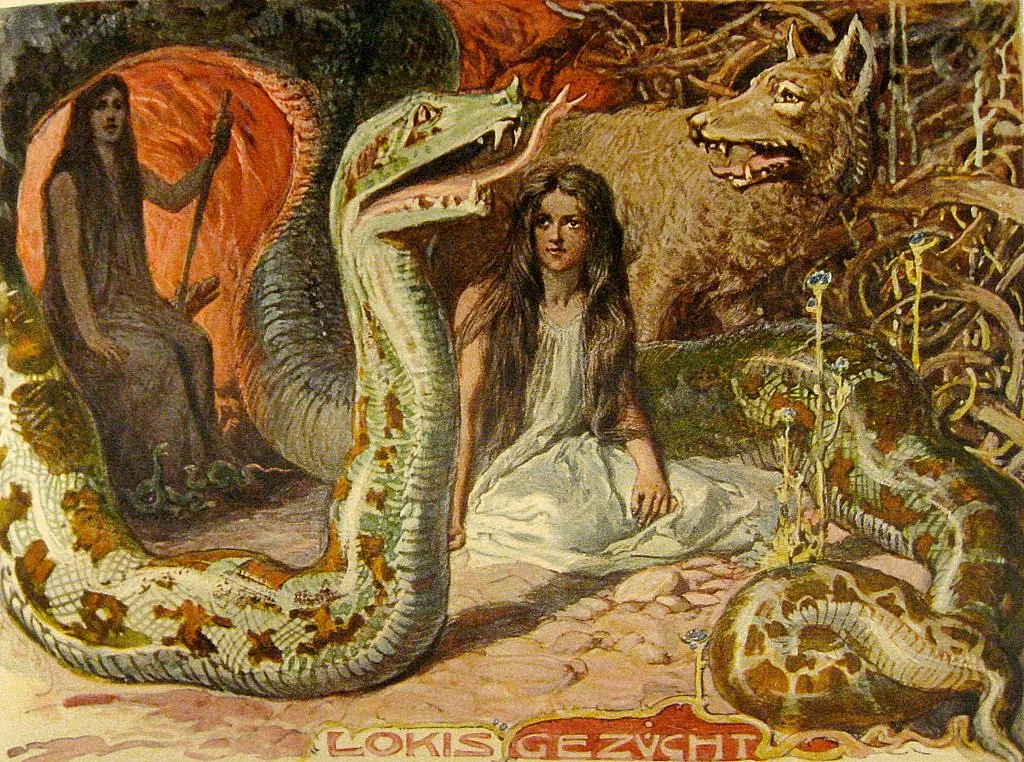
2. The Fire Symbol: Loki’s Destructive Passion
The old Norse word “logi” translates as “fire” or “flame”, and it plays a significant role in the symbolism of Loki’s destructive passion. Although not solely linked to a fire deity, Loki is often associated with flames. His symbol embodies destruction, chaos, creativity, passion, and change. In Norse mythology, Loki masters fire, using it for mischief, volcanic eruptions, and transformation. During the narrative where he is pursued by Thor, Loki uses his control over fire to avoid being captured.
In another mythological tale, Loki transforms himself into a mare to prevent the giants from building Valhalla, the hall of the gods. He lures the giant’s horse into the forest, causing the giant to fail to finish the job on time. When the giants realise they have been tricked, Loki not only sets fire to their homes but also takes their lives.
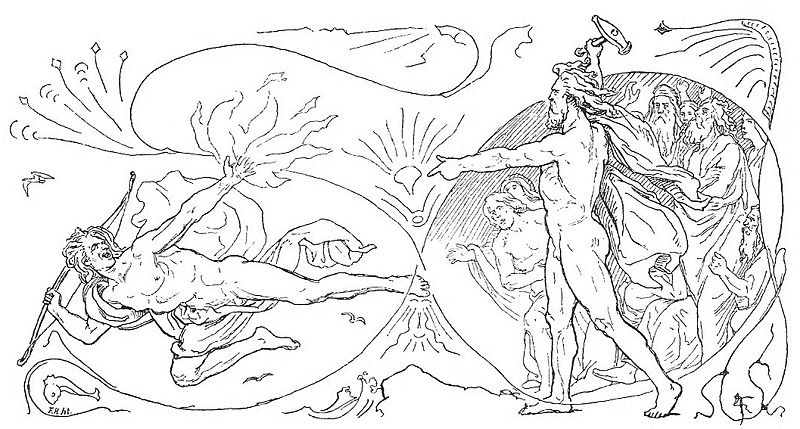
3. The Wolf Symbol: Loki’s Fierce Offspring
In Norse mythology, the symbol of the wolf is deeply rooted in the character of Loki, representing both his wild, untamed nature and his capacity for destruction. Fenrir, Loki’s offspring, embodies these traits as a powerful and fearsome creature whose very existence challenges the authority of the gods. Fenrir, the child of Loki and Angrboða, is a figure who, like his brother Jörmungandr, embodies a mystical essence. He represents not only immense strength and ferocity but also the untamed wildness and free spirit inherent in nature.
Fenrir is a giant wolf that emits cold light from its eyes. Its saliva is highly poisonous, and its roar emits poison. This venom can corrode the strongest armor and taint sacred waters. Fenrir’s presence challenges the authority of the gods.

4. The Bird Symbol: Loki’s Metamorphosis
In mythology, Loki could turn into various animals, including a bird. When he turned into a bird, he escaped the gods’ pursuit and punishment of him. This symbol demonstrates Loki’s flexibility and resourcefulness, as well as his ability to escape in the face of adversity. This shape-shifting technique of his is part of his trickster nature and a reflection of his survival skills.
Once Thor woke up and found his hammer missing, he went to Loki first. The two later came to Freyja’s palace together and tried to find the hammer with the help of Freyja’s feather cloak. After a series of events, they managed to track down Mjöllnir in the land of the giants, Jötunheim.
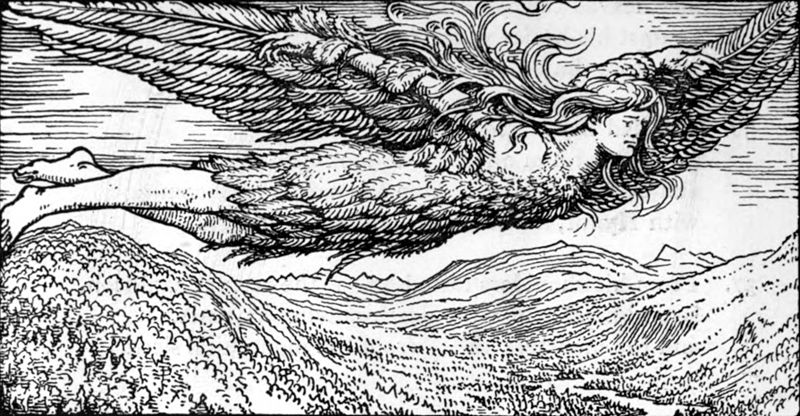
5. The Horse Symbol: The Sleipnir Enigma
Loki once transformed into a mare and gave birth to Sleipnir, an eight-legged horse, a magnificent steed that later became Odin’s mount. This symbol not only demonstrates Loki’s shape-shifting abilities and influence in the mythological world but also how he achieves his goals through clever strategy and creativity: the birth of Sleipnir is a testament to Loki’s intelligence and adaptability, as well as the complexity of his relationship with the other gods.

Conclusion: Unraveling Loki Norse Mythology Symbol
Loki’s symbols are deeply woven into the core of his character, mirroring the intricate nature of a deity who not only creates but also disrupts. Embodying the serpent’s deceit, the fire’s transformative power, the wolf’s untamed spirit, and the bird’s cunning evasion, each symbol illuminates Loki’s multifaceted role in Norse mythology.
These symbols offer more than just stories; they offer a glimpse into the ancient Norse cultural values and beliefs. If you find the Viking culture intriguing, we invite you to peruse our collection of articles for an extensive exploration of this rich and storied past. And for those who wish to incorporate a touch of Norse mythology into their style, why not consider a Viking piece?
Aria
Aria is an effervescent writer with a profound passion for the written word. Holding an academic degree in British Literature, her journey through the realm of literature, art, and human emotions is as enchanting as her narratives. Join her as she pens stories that soar beyond boundaries, embracing the essence of art in its purest form. Through her writing, Aria invites you to embark on a journey of emotional discovery and aesthetic wonder.
Recent Posts
Your Goth Christmas Style Guide
11/25/2025Cybergoth Aesthetic
11/11/2025Categories
Related Articles
A Guide to How to Train Your Dragon Species
Welcome, fellow dragon enthusiasts and aspiring Viking trainers! Have you ever wondered...
ByAlicia06/24/2025Grunge Aesthetic: A Style Revolution
The world of fashion is a cyclical beast, constantly re-inventing and re-interpreting...
ByAlicia06/03/2025What Is Health Goth
In 2024, “Health Goth” which is hot in 2010s gets back from...
ByAlicia05/27/2025Dragon Rings: From Mythology to Modern Symbolism
The dragon, a mythical creature revered across cultures, has long been a...
ByAlicia03/18/2025



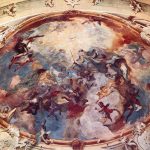



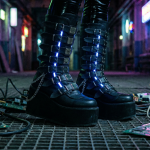
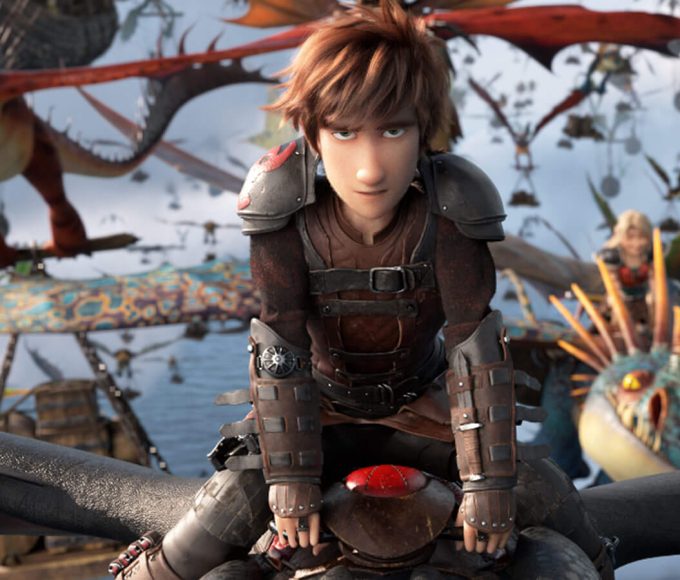



Leave a comment